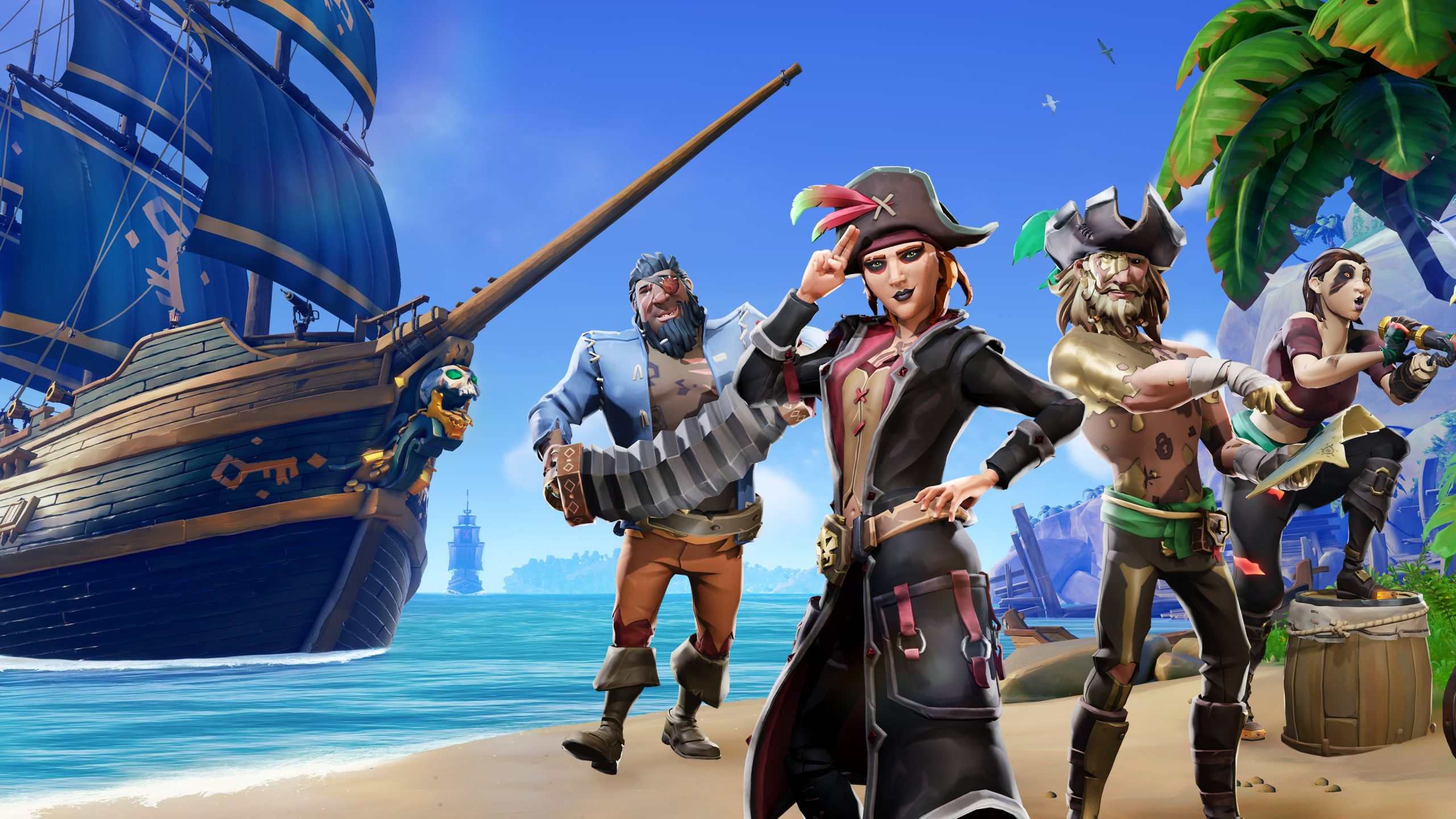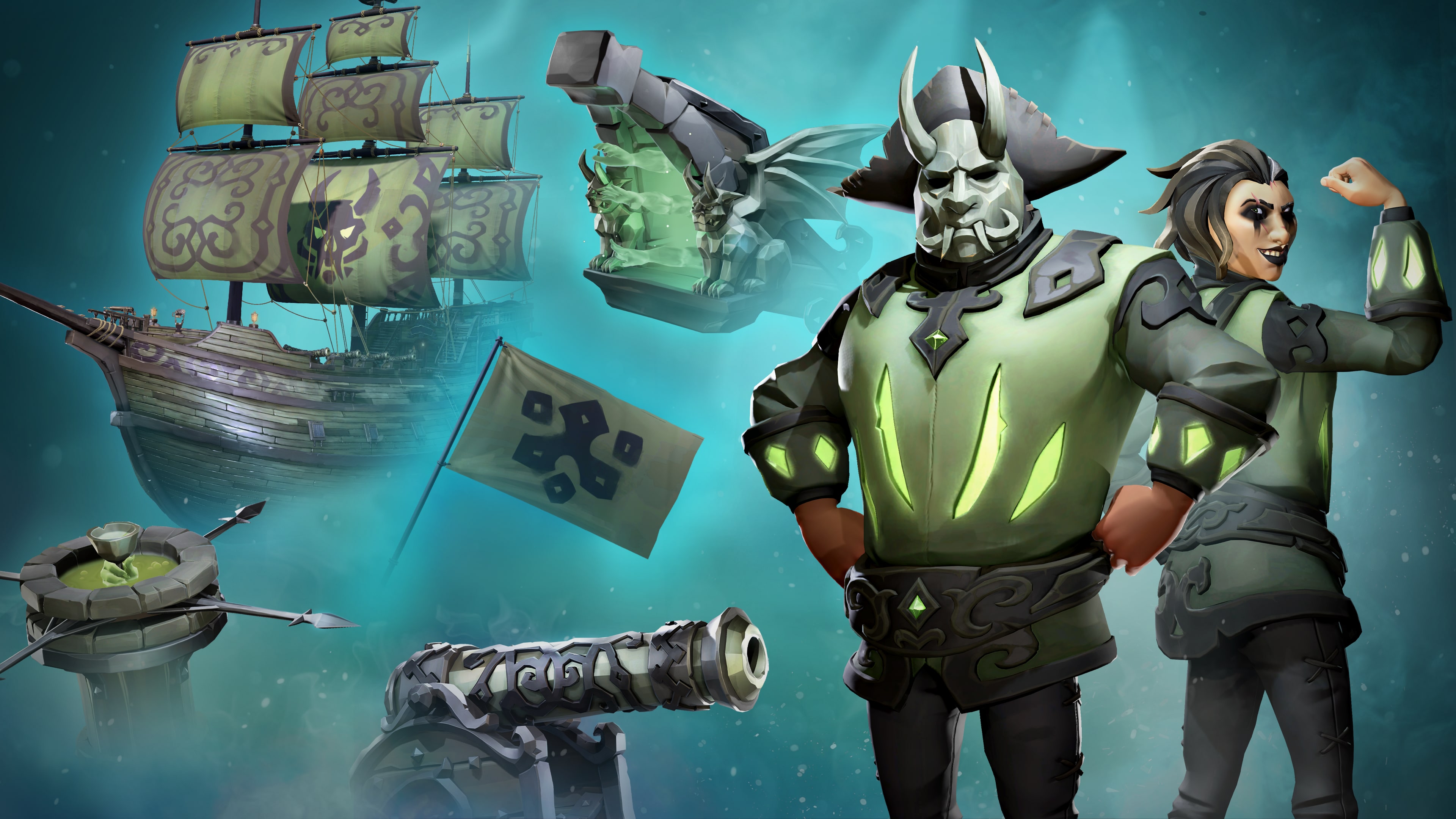As of April 30, 2024, PS5 players can now access Sea of Thieves, an Xbox exclusive that Microsoft has highly valued over recent years. With its 40 million players and a vibrant community, Sea of Thieves is notable for inspiring Ubisoft to attempt a similar concept with Skull & Bones but failing to replicate its success. Initially doubted by many players and industry insiders, Sea of Thieves stands as a significant achievement. It’s worth noting that Sea of Thieves was developed by Rare, which faced numerous challenges after being acquired by Microsoft in 2002. Once a renowned studio known for close collaboration with Nintendo, Rare endured a series of difficulties over nearly two decades while seeking to redefine its identity. However, the studio has reclaimed its former prestige and can now boast some of the best physics and water rendering in video games, even as late as 2024. Let’s delve into how they accomplished this.
Since April 30, 2024, PS5 players have been able to play Sea of Thieves, an Xbox exclusive that Microsoft has valued greatly over the years. With a community of 40 million active players and a highly engaged fan base, Sea of Thieves is recognized as a significant success story, one that many industry observers initially doubted. Ubisoft attempted something similar with Skull & Bones but fell short in comparison. Sea of Thieves is a project by Rare, which faced numerous challenges following its acquisition by Microsoft in 2002. Once a renowned studio working closely with Nintendo, Rare encountered difficulties for nearly two decades as it sought to redefine itself. However, the studio has since reclaimed its former status and can now proudly claim the title of having the best physics and water rendering in video games even in 2024. But how did the developers accomplish this? We will explore that together.
Despite everything, there is still one technical and visual element on which Sea of Thieves sets a benchmark for the entire industry: its rendering of the sea within the game, sublime and technically impressive. While the graphics have a slightly cubist feel with this rendering, the water physics in the game are exemplary and ultra-realistic. Of course, the water rendering follows the same artistic direction as the rest of the game, with its very cartoonish aspect, but it’s the rendering and physics that are incredibly grounded and realistic. You can admire the images from the start of this video, but no video game has ever reached such a degree of realism in managing the sea, water, or any liquid within a video game. And that was precisely one of the challenges that Rare Studio willingly took on during its development.
The first aspect that enhances the realism of water in Sea of Thieves is the management of lighting and the handling of global illumination throughout the game. Given the game’s use of day/night cycles and weather conditions, it was crucial for water reflections to be as credible as possible, which they indeed are. Observing sunrise or sunset reveals the effects projected onto the water’s surface, significantly altering the atmosphere of a sequence or moment. It is so captivating that one could easily spend tens of minutes simply admiring it. This level of detail was essential for Rare to create an immersive universe that encourages exploration and discovery, as the entire gameplay system revolves around embarking on adventures. Spotting a distant island through binoculars amidst large waves? That too is part of the challenge in Sea of Thieves – instilling players with a desire to let curiosity guide them into the unknown.
STRONGER THAN THE MOVIE
Technically speaking, Rare relied heavily on techniques used by Hollywood studios in filmmaking but required tools that would provide them with total and dynamic control over water elements. It is important to note that a film is a pre-rendered output, whereas a video game requires real-time rendering capabilities. This was particularly critical for Sea of Thieves, where the sea plays both as an ally and an enemy, especially during combat scenarios. The developers had to take all these factors into consideration; the current level of natural and realistic rendering in the game is the result of ongoing efforts, with updates being released periodically. For those interested in technical details, Rare utilized Vertex Displacement technology, which enables precise control over wave peak movement or more broadly, water motion. This involves continuous collaboration between the CPU, which calculates mesh vertices, and the GPU, which redirects and repositions each vertex to create fluid movements and undulations, resulting in dynamic geometry changes.
This requires another tool to make the water movement appear natural and most importantly, never repetitive, and that’s where the renowned Gerstner Waves technique comes into play, which aims to render fluids dynamically, also known as trochoidal waves. This calculation was discovered by Baron Von Gerstner in 1802, describing periodic gravity waves propagating on the surface of an incompressible fluid of infinite depth in a steady regime. In reality, this computational solution allows simulating ocean behavior, specifically its movement, using a sine wave. However, it’s just one wave calculation, so multiple waves are needed to achieve realistic water surfaces by altering intervals and magnitudes. With 3D engines like Unreal Engine 5, where these calculations can be implemented, developers can experiment further by changing inclination and parameters, resulting in oil-like seas, more agitated seas, and even storms.
To refine the rendering, developers must advance technology by modifying shaders, meshes, and other technical equations to create more complex and natural water effects. The skills of the developers are crucial here. For instance, games such as Assassin’s Creed Black Flag and Batman Arkham have utilized the Gerstner Waves formula. However, it is anticipated that the next significant advancement in water management will be seen with GTA 6. Reports suggest a version 9.0 of Rockstar’s RAGE engine, and for GTA 6, up to 20 technical developers are dedicated solely to water physics. In summary, we look forward to seeing these advancements by 2025. Until then, players can enjoy the impressive water rendering in Sea of Thieves, which continues to excel in this area.
Have any thoughts?
Share your reaction or leave a quick response — we’d love to hear what you think!

